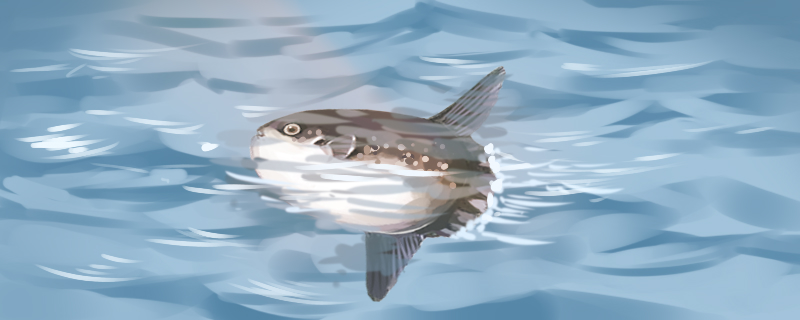
1. Strange shape: The shape of the Mola is very unique. It looks like a fish head. Its body is flat on the side, and its head is very high, even up to twice its length. The pectoral fins are short, rounded in shape, without pelvic fins, and the caudal fin gradually degrades as it grows. Its dorsal and anal fins are well developed, sickle-shaped, and will be connected at the back of the body, looking like tail fins.
2. Large body and thick skin: The Mola Mola is the largest bony fish, with a length of 3-5.5 meters and a weight of 1.4-3.5 tons. And its skin is very thick, juvenile fish skin can reach about 3.8 centimeters, adult abdominal skin can reach 7.3 centimeters. In addition, its skin is rich in collagen, cuticle content of more than 44%, which makes many carnivorous fish bite will give up.
3, very spawning: Mola's reproductive capacity is very strong. Adult females can release 300 million eggs at a time, the most of any vertebrate. However, due to the lack of good protection measures, the survival rate of fry is very low, only 30 at a time can grow to adulthood.
The Mola Mola is a deep-sea fish, but it likes to bask in the sun on the surface of the sea, and it lies on its side, as if it had turned over, so it has this name. On the surface, it can control direction and paddle through its dorsal and anal fins, and can quickly dive to the bottom of the sea.